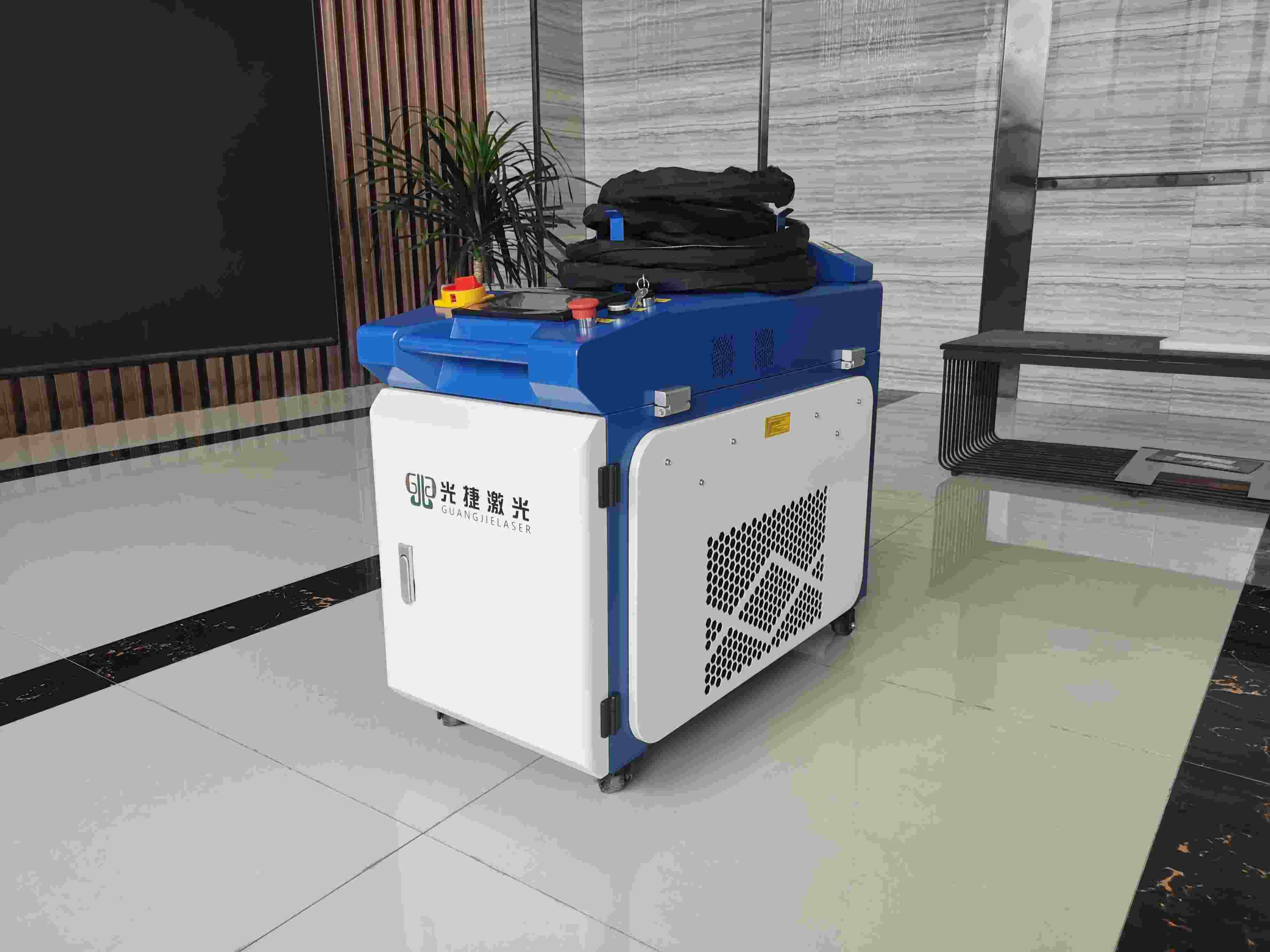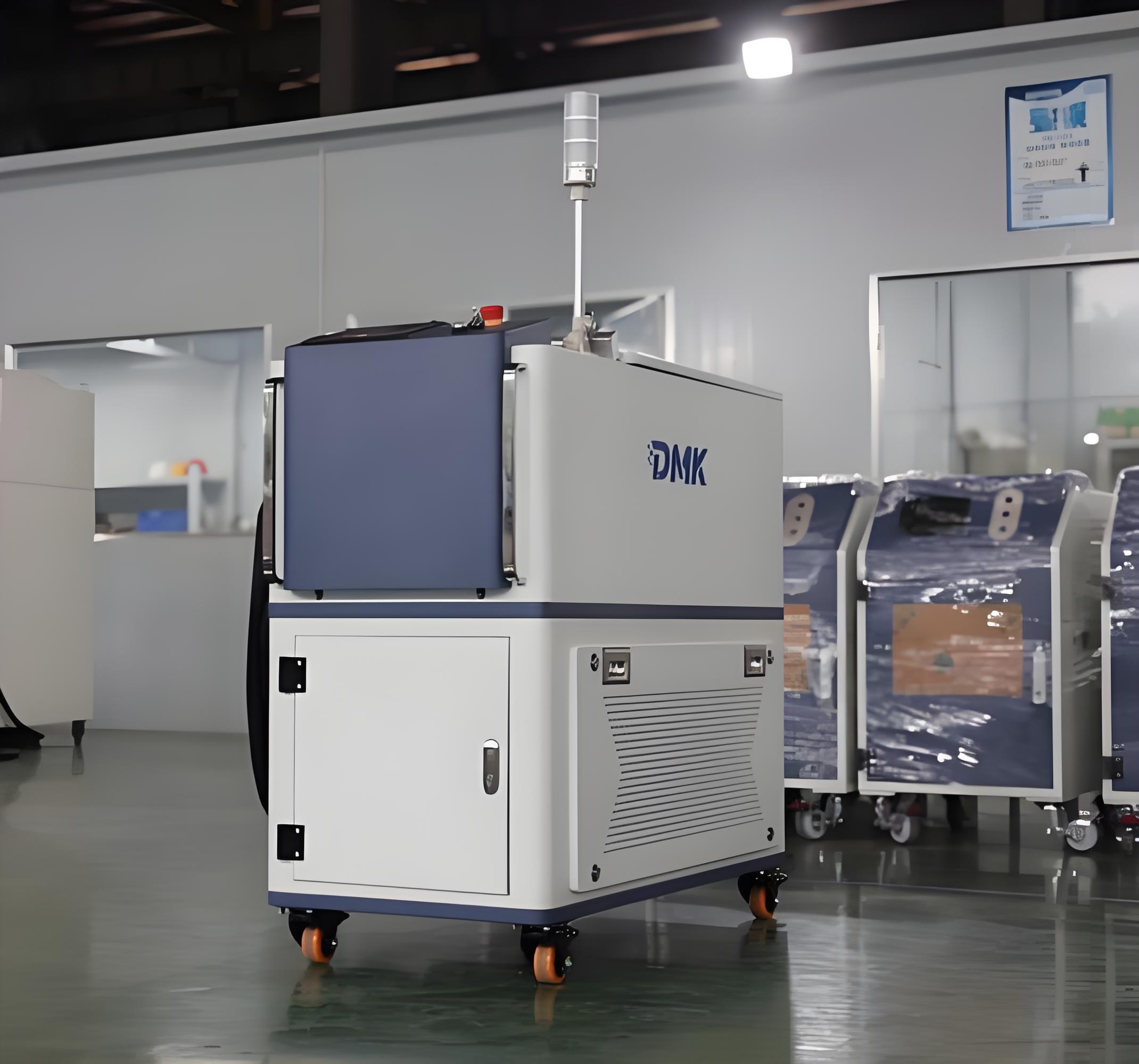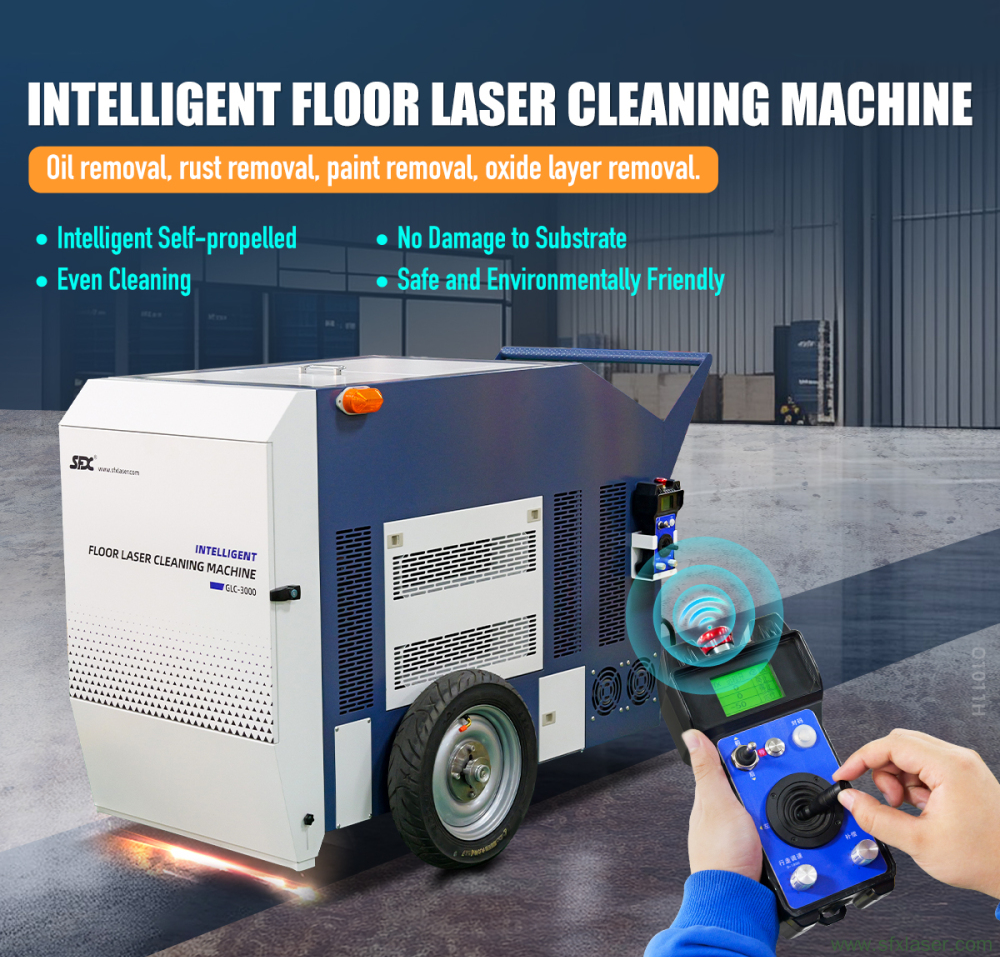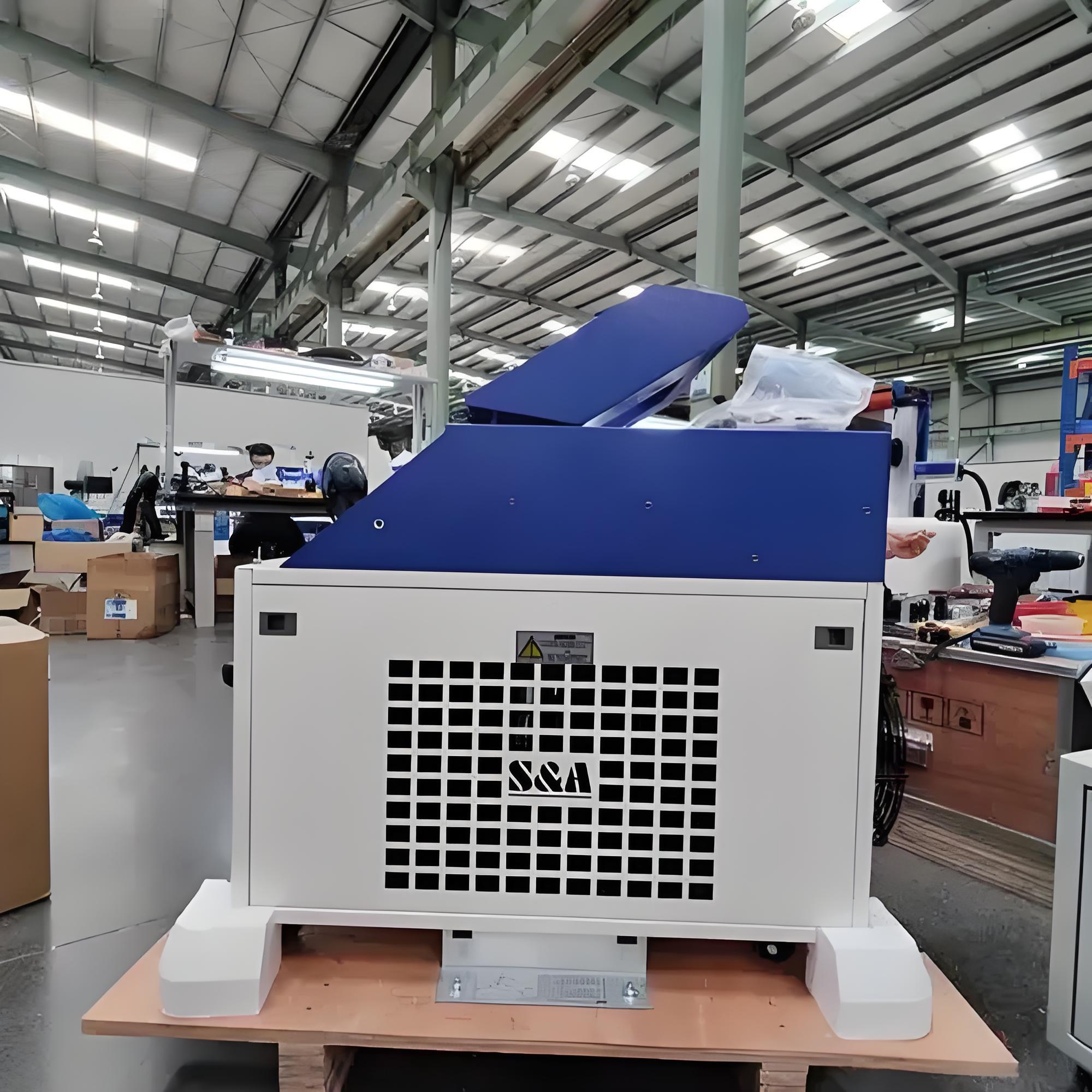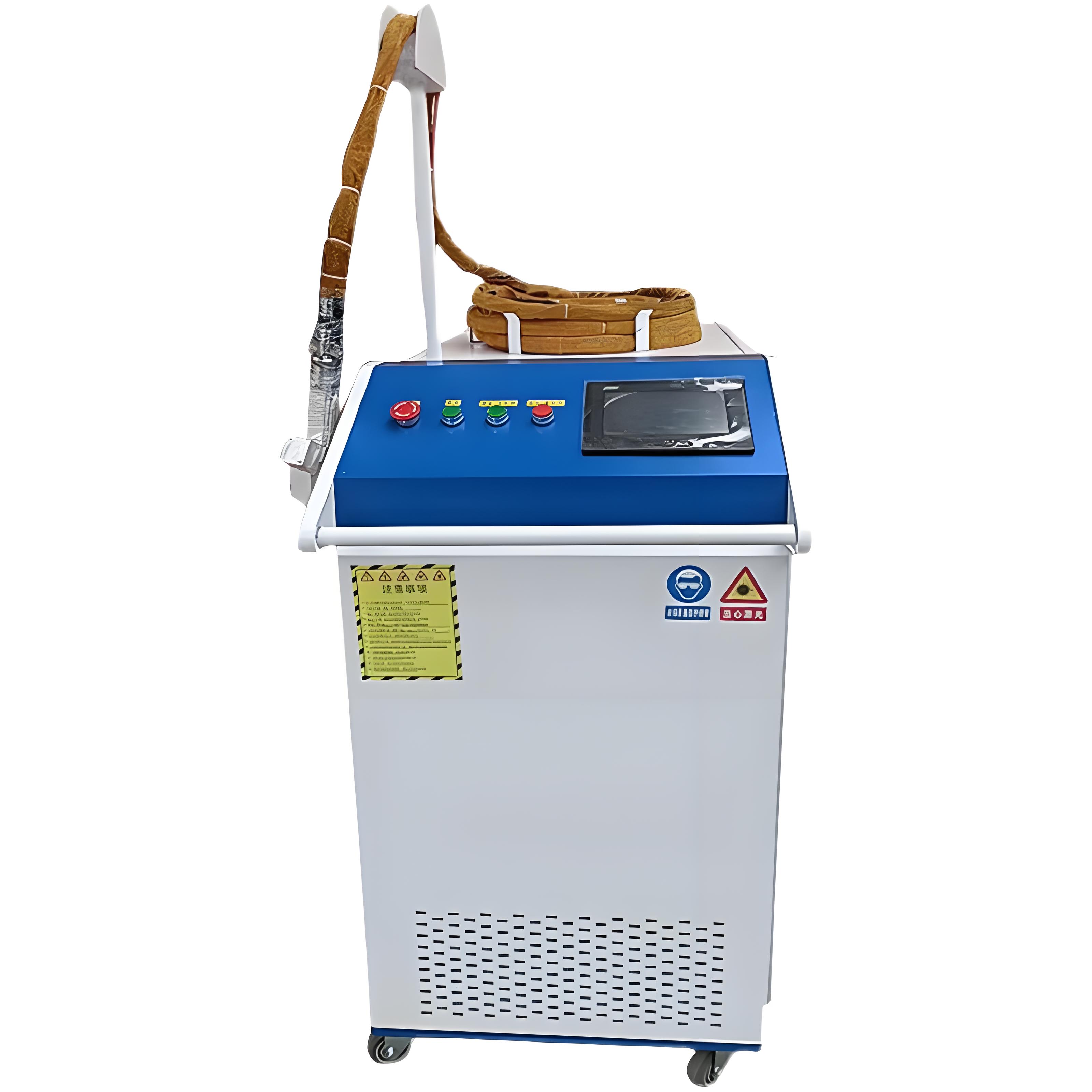As an expert in the laser technology industry, I often get asked about the costs associated with maintaining laser equipment, especially laser rust removal machines. The question “Are the maintenance costs of laser rust removal machines high?” is a common one, and it’s essential to address it comprehensively to help potential users make informed decisions. In this article, I’ll delve into the maintenance costs of laser rust removal machines, exploring the factors that influence these costs, providing tips for reducing them, and comparing them to the costs of traditional rust removal methods.
Understanding Laser Rust Removal Machines
Before diving into maintenance costs, it’s crucial to understand what laser rust removal machines are and how they work.
What is a Laser Rust Removal Machine?
A laser rust removal machine, also known as a laser cleaning machine, uses high-energy laser beams to remove rust, paint, coatings, and other contaminants from surfaces. The laser beam interacts with the contaminants, causing them to vaporize or flake off, leaving the underlying surface clean and undamaged.
How Does a Laser Rust Removal Machine Work?
Laser rust removal machines work by directing a focused laser beam onto the surface to be cleaned. The laser energy is absorbed by the contaminants, causing them to heat up rapidly and either vaporize or flake off. The underlying surface remains unaffected because the laser energy is absorbed primarily by the contaminants due to differences in their optical properties.
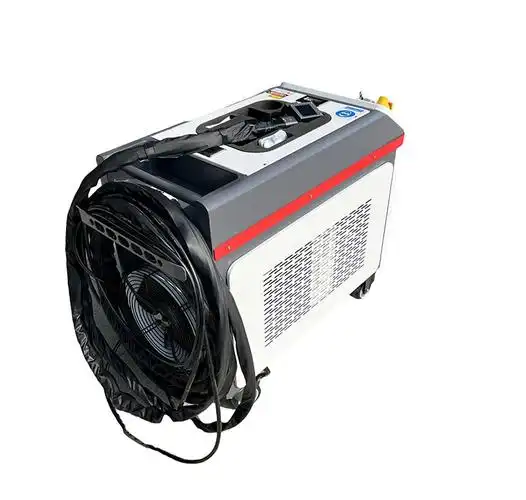
Factors Influencing Maintenance Costs of Laser Rust Removal Machines
Several factors can influence the maintenance costs of laser rust removal machines. Understanding these factors can help users better anticipate and manage their maintenance expenses.
1. Machine Quality and Brand
The quality and brand of the laser rust removal machine play a significant role in determining its maintenance costs. High-quality machines from reputable brands tend to have better build quality, more reliable components, and longer lifespans, which can result in lower maintenance costs over time. Conversely, lower-quality machines may require more frequent repairs and replacements, leading to higher maintenance costs.
2. Usage Frequency and Intensity
The frequency and intensity of use also impact maintenance costs. Machines that are used more frequently or under more demanding conditions may experience more wear and tear, requiring more frequent maintenance and repairs. It’s essential to consider your expected usage patterns when evaluating the maintenance costs of a laser rust removal machine.
3. Maintenance Schedule and Practices
Adhering to a regular maintenance schedule and following best practices can significantly reduce maintenance costs. Regular cleaning, inspection, and calibration of the machine can help prevent potential issues before they become major problems. Additionally, using high-quality consumables and following the manufacturer’s recommendations for maintenance can extend the lifespan of the machine and reduce the need for costly repairs.
4. Environmental Conditions
The environmental conditions in which the laser rust removal machine is used can also affect its maintenance costs. Exposure to dust, moisture, extreme temperatures, or other harsh conditions can accelerate wear and tear on the machine, leading to more frequent maintenance and repairs. It’s important to consider the environmental conditions of your workspace and take appropriate measures to protect the machine.
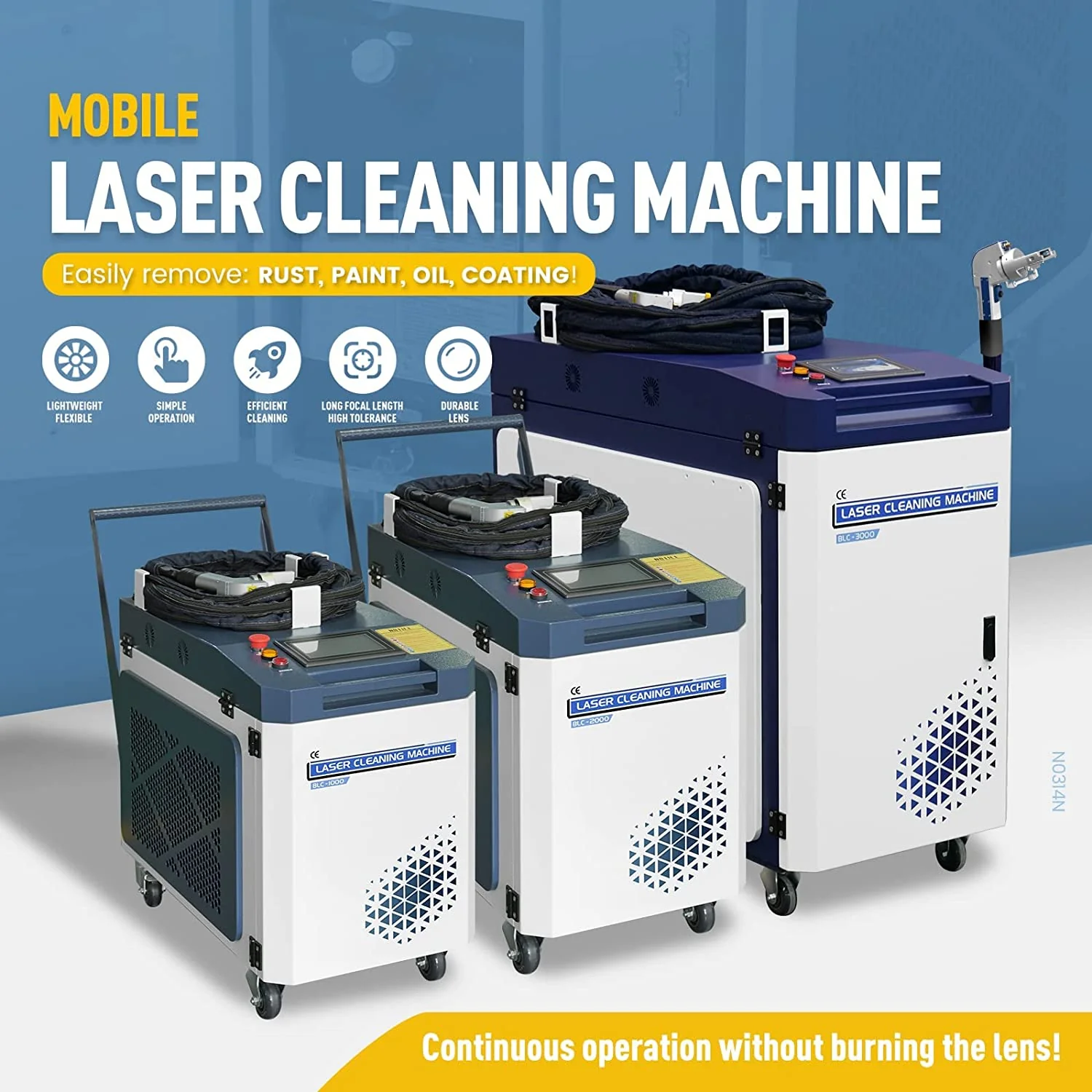
5. Availability and Cost of Spare Parts
The availability and cost of spare parts can also impact maintenance costs. Machines that use common or readily available spare parts may have lower maintenance costs because replacements can be obtained quickly and at a reasonable price. Conversely, machines that use proprietary or hard-to-find spare parts may have higher maintenance costs due to longer lead times and higher prices for replacements.
Estimating Maintenance Costs of Laser Rust Removal Machines
While it’s challenging to provide an exact figure for the maintenance costs of laser rust removal machines, we can estimate them based on the factors discussed above.
Initial Investment and Depreciation
First, consider the initial investment in the laser rust removal machine. High-quality machines from reputable brands may have a higher upfront cost, but they often offer better long-term value due to lower maintenance costs and longer lifespans. Additionally, consider the depreciation of the machine over time, as this can impact the overall cost of ownership.
Routine Maintenance Costs
Routine maintenance costs include items such as cleaning, inspection, calibration, and replacement of consumables like filters and lenses. These costs can vary depending on the machine’s usage frequency and intensity, as well as the quality of the consumables used. On average, routine maintenance costs for a laser rust removal machine may range from a few hundred to a few thousand dollars per year, depending on the machine’s size and complexity.
Repair and Replacement Costs
Repair and replacement costs can be more significant and less predictable than routine maintenance costs. These costs may include replacing worn or damaged components, such as lasers, optics, or power supplies. The frequency and cost of repairs can vary widely depending on the machine’s quality, usage patterns, and environmental conditions. It’s essential to budget for potential repair and replacement costs when evaluating the overall cost of ownership of a laser rust removal machine.
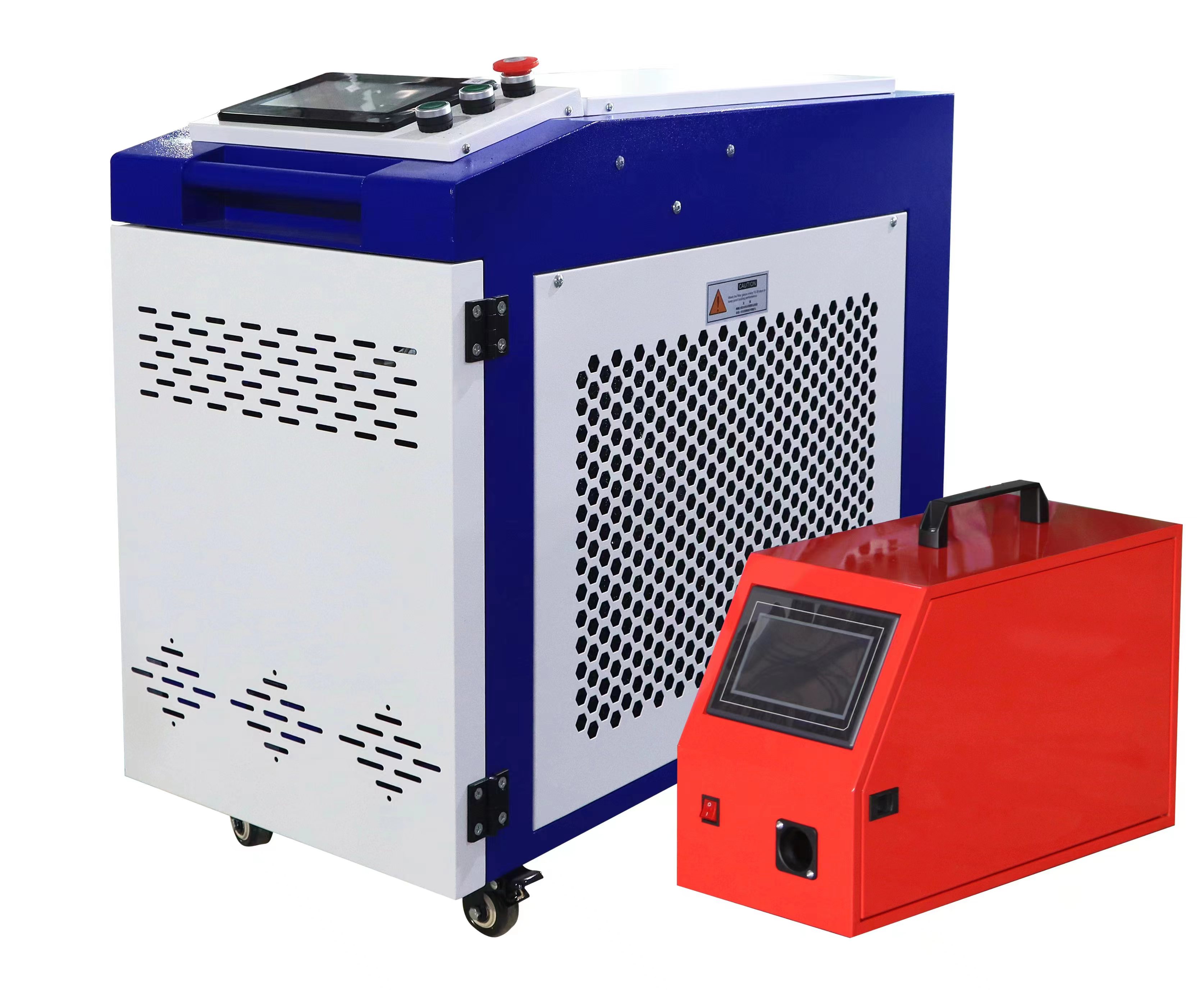
Training and Support Costs
Training and support costs may also be incurred when using a laser rust removal machine. Operators may need to receive training on how to use the machine safely and effectively, which can involve additional costs. Additionally, some manufacturers may offer support services, such as technical assistance or troubleshooting, which may come at an additional cost. It’s important to consider these costs when evaluating the overall cost of ownership.
Tips for Reducing Maintenance Costs of Laser Rust Removal Machines
Fortunately, there are several steps you can take to reduce the maintenance costs of your laser rust removal machine.
1. Choose a High-Quality Machine
Investing in a high-quality machine from a reputable brand can pay off in the long run by reducing maintenance costs and extending the machine’s lifespan. Look for machines with good build quality, reliable components, and a proven track record of performance.
2. Follow a Regular Maintenance Schedule
Adhering to a regular maintenance schedule can help prevent potential issues before they become major problems. This includes cleaning the machine regularly, inspecting components for wear and tear, and calibrating the laser beam to ensure optimal performance. Following the manufacturer’s recommendations for maintenance can help extend the lifespan of the machine and reduce the need for costly repairs.
3. Use High-Quality Consumables
Using high-quality consumables, such as filters and lenses, can help improve the performance and lifespan of your laser rust removal machine. While these consumables may have a higher upfront cost, they can offer better long-term value by reducing the need for frequent replacements and repairs.
4. Protect the Machine from Environmental Conditions
Taking steps to protect the machine from harsh environmental conditions, such as dust, moisture, and extreme temperatures, can help reduce wear and tear and extend its lifespan. This may involve installing the machine in a clean, dry, and temperature-controlled environment, or using protective covers or enclosures to shield it from the elements.

5. Train Operators Properly
Providing proper training to operators on how to use the laser rust removal machine safely and effectively can help reduce the risk of accidents and damage to the machine. This includes training on proper handling of the machine, safety protocols, and troubleshooting techniques. Well-trained operators are more likely to use the machine correctly and identify potential issues early on, reducing the need for costly repairs.
Comparing Maintenance Costs of Laser Rust Removal Machines to Traditional Rust Removal Methods
To put the maintenance costs of laser rust removal machines into perspective, it’s helpful to compare them to the costs of traditional rust removal methods.
Traditional Rust Removal Methods
Traditional rust removal methods include sandblasting, chemical stripping, and mechanical grinding. These methods can be effective at removing rust and contaminants, but they often come with high maintenance and operational costs.
Sandblasting: Sandblasting involves using high-pressure air to propel abrasive materials, such as sand or glass beads, at the surface to be cleaned. This method can be messy, noisy, and produce a significant amount of waste. Additionally, the abrasive materials can wear out quickly, requiring frequent replacements and increasing maintenance costs.
Chemical Stripping: Chemical stripping involves using chemicals to dissolve or loosen rust and contaminants from the surface. This method can be effective, but it often involves the use of hazardous chemicals that require special handling and disposal. Additionally, the chemicals can be corrosive and damage the underlying surface if not used properly, leading to additional repair costs.
Mechanical Grinding: Mechanical grinding involves using abrasive wheels or brushes to remove rust and contaminants from the surface. This method can be effective, but it can also be time-consuming and labor-intensive. Additionally, the abrasive wheels or brushes can wear out quickly, requiring frequent replacements and increasing maintenance costs.
Laser Rust Removal vs. Traditional Methods
Compared to traditional rust removal methods, laser rust removal machines often offer lower maintenance and operational costs in the long run. While the initial investment in a laser rust removal machine may be higher, the machine’s precision, non-contact cleaning capabilities, and environmental friendliness can result in significant savings over time. Additionally, laser rust removal machines produce minimal waste and do not require the use of hazardous chemicals, reducing disposal and safety costs.
Real-World Examples and Case Studies
To further illustrate the maintenance costs and benefits of laser rust removal machines, let’s look at some real-world examples and case studies.
Example 1: Automotive Manufacturer
An automotive manufacturer was using sandblasting to remove rust and paint from car bodies before applying a new coat of paint. The sandblasting process was messy, noisy, and produced a significant amount of waste. Additionally, the abrasive materials wore out quickly, requiring frequent replacements and increasing maintenance costs. The manufacturer decided to invest in a laser rust removal machine and found that it significantly reduced maintenance and operational costs. The laser machine was more precise, produced minimal waste, and did not require the use of hazardous chemicals. Additionally, the manufacturer was able to improve the quality of the final paint finish and reduce downtime.
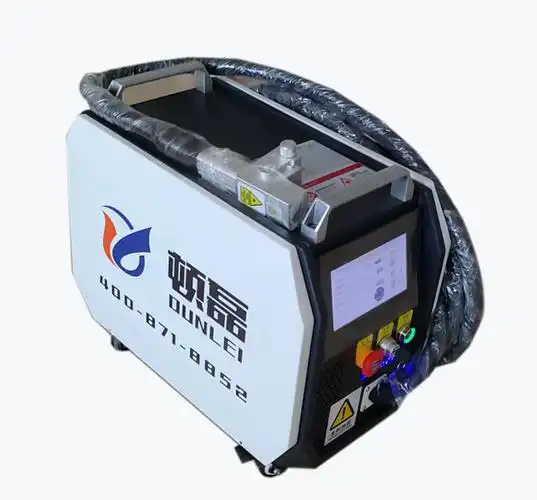
Example 2: Marine Industry
A shipyard was using chemical stripping to remove rust and marine growth from ship hulls and equipment. The chemical stripping process involved the use of hazardous chemicals that required special handling and disposal. Additionally, the chemicals could be corrosive and damage the underlying surface if not used properly. The shipyard decided to switch to a laser rust removal machine and found that it significantly reduced maintenance and safety costs. The laser machine was more environmentally friendly, produced minimal waste, and did not require the use of hazardous chemicals. Additionally, the shipyard was able to improve the efficiency of its cleaning operations and reduce downtime.
Addressing Common Misconceptions and Questions
Despite the many benefits of laser rust removal machines, there are still some common misconceptions and questions that need to be addressed.
Misconception 1: Laser Rust Removal Machines Are Too Expensive to Maintain
While laser rust removal machines may have a higher upfront cost compared to traditional rust removal methods, it’s important to consider the long-term savings in terms of maintenance and operational costs. Laser machines are often more precise, produce minimal waste, and do not require the use of hazardous chemicals, which can result in significant savings over time. Additionally, laser machines can improve the quality of the final product and reduce downtime, further enhancing their value.
Misconception 2: Laser Rust Removal Machines Require a Lot of Maintenance
While laser rust removal machines do require regular maintenance to ensure optimal performance, the maintenance requirements are often less demanding compared to traditional rust removal methods. Laser machines have fewer moving parts and do not require the use of abrasive materials or hazardous chemicals, which can reduce the need for frequent repairs and replacements. Additionally, adhering to a regular maintenance schedule and following best practices can help prevent potential issues before they become major problems.
Question 1: How Often Do Laser Rust Removal Machines Need Maintenance?
The frequency of maintenance for laser rust removal machines can vary depending on several factors, including the machine’s usage frequency and intensity, environmental conditions, and the quality of the consumables used. On average, laser machines may require routine maintenance every few months to a year, depending on these factors. It’s important to consult the manufacturer’s recommendations for maintenance and adhere to a regular schedule to ensure optimal performance and extend the lifespan of the machine.
Question 2: Can I Perform Maintenance on a Laser Rust Removal Machine Myself?
While some routine maintenance tasks, such as cleaning and inspection, can be performed by the operator, more complex maintenance tasks, such as replacing components or calibrating the laser beam, may require the expertise of a trained technician. It’s important to consult the manufacturer’s recommendations for maintenance and follow proper safety protocols when performing any maintenance tasks on a laser rust removal machine. Additionally, some manufacturers may offer training or support services to help operators perform basic maintenance tasks safely and effectively.
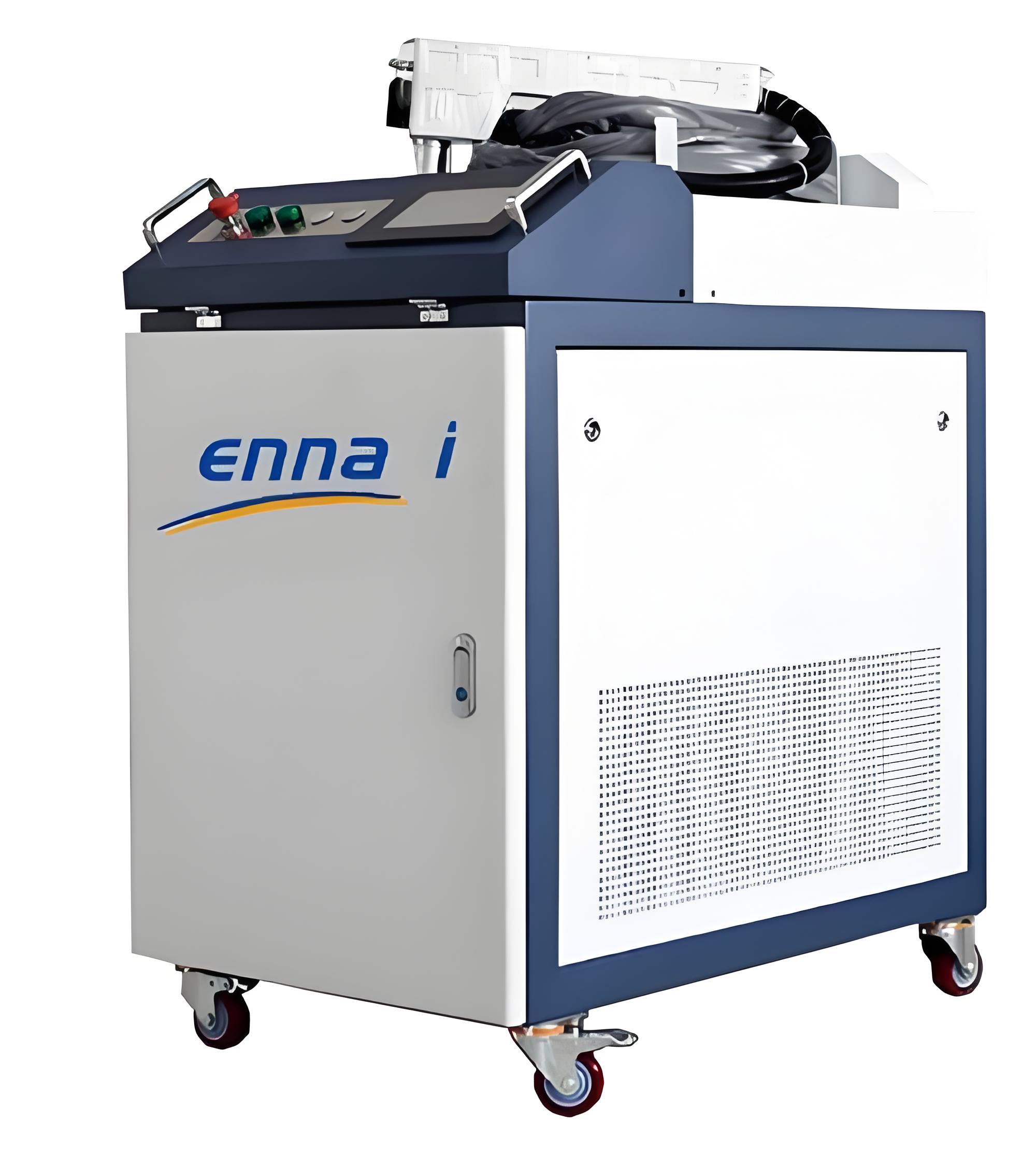
Conclusion
In conclusion, the maintenance costs of laser rust removal machines can vary depending on several factors, including the machine’s quality and brand, usage frequency and intensity, maintenance schedule and practices, environmental conditions, and availability and cost of spare parts. While the initial investment in a laser rust removal machine may be higher, the machine’s precision, non-contact cleaning capabilities, and environmental friendliness can result in significant savings over time in terms of maintenance and operational costs.
By choosing a high-quality machine, following a regular maintenance schedule, using high-quality consumables, protecting the machine from environmental conditions, and training operators properly, you can reduce the maintenance costs of your laser rust removal machine and enjoy its many benefits for years to come.
If you’re still unsure about the maintenance costs of laser rust removal machines or have any other questions, don’t hesitate to reach out to a laser technology expert for guidance and support. They can help you assess your needs, evaluate different options, and make an informed decision that meets your specific requirements and budget.
Related Q&A
Q1: Are laser rust removal machines more expensive to purchase than traditional rust removal methods?
A1: Yes, laser rust removal machines typically have a higher upfront cost compared to traditional rust removal methods like sandblasting or chemical stripping. However, it’s important to consider the long-term savings in terms of maintenance, operational costs, and improved product quality when evaluating the overall cost of ownership.
Q2: Can laser rust removal machines be used for other applications besides rust removal?
A2: Yes, laser rust removal machines can be used for a variety of other applications, including removing paint, coatings, adhesives, and other contaminants from surfaces. They can also be used for surface preparation before welding, bonding, or coating processes.
Q3: How long do laser rust removal machines typically last?
A3: The lifespan of a laser rust removal machine can vary depending on several factors, including the machine’s quality, frequency of use, maintenance practices, and operating conditions. With proper maintenance and care, a high-quality laser rust removal machine can last for many years, providing reliable performance and value.
Q4: Are there any safety concerns when using laser rust removal machines?
A4: Yes, laser rust removal machines can pose safety risks if not used properly. It’s important to follow proper safety protocols, including wearing laser safety goggles, using protective barriers, and adhering to emergency stop procedures. Additionally, operators should receive proper training on how to use the machine safely and effectively.
Q5: Can laser rust removal machines be used in outdoor environments?
A5: While some laser rust removal machines may be suitable for outdoor use, it’s important to consider the environmental conditions and potential challenges, such as exposure to sunlight, dust, moisture, and temperature fluctuations. It’s best to consult with a laser technology expert to determine if a particular laser rust removal machine is suitable for your specific outdoor application.

